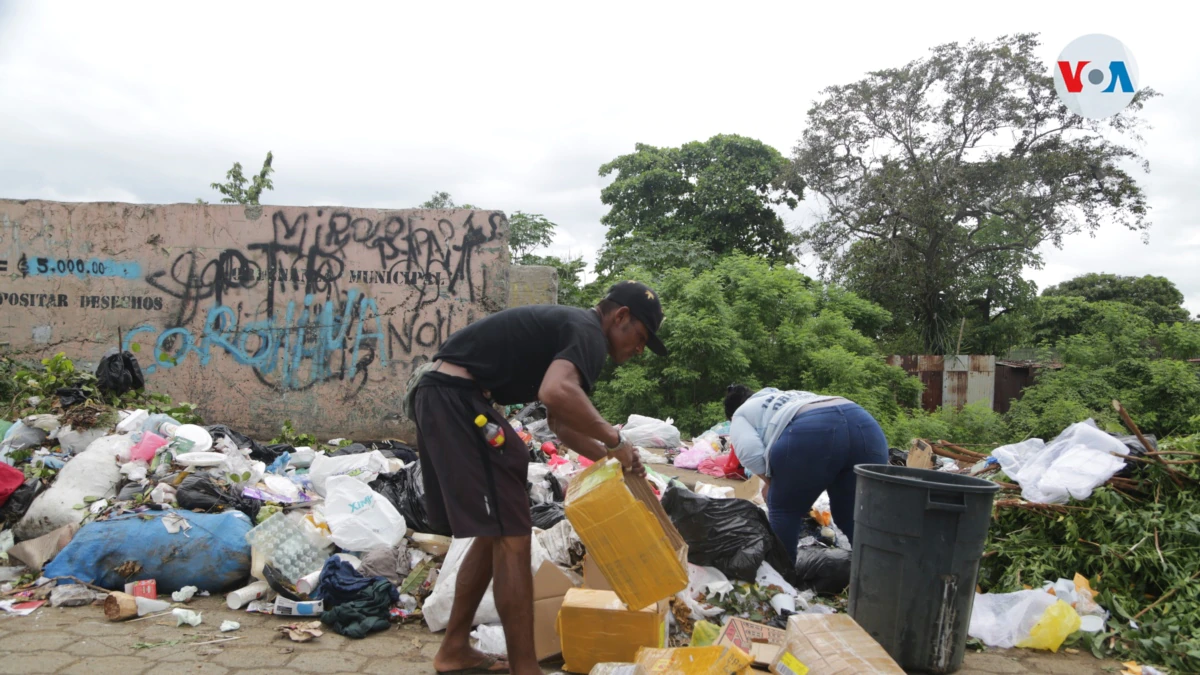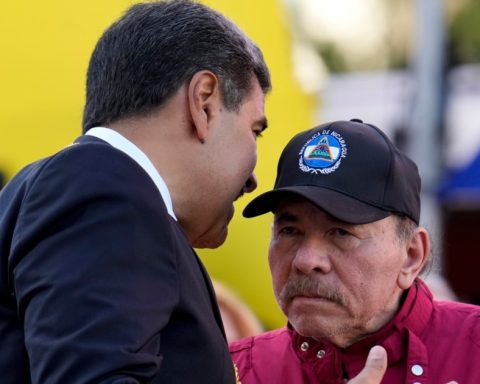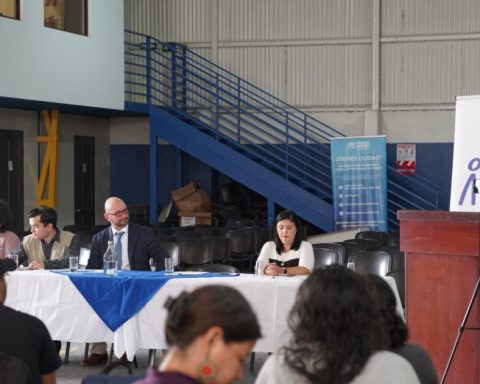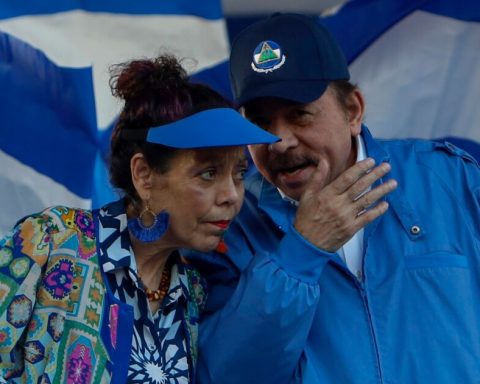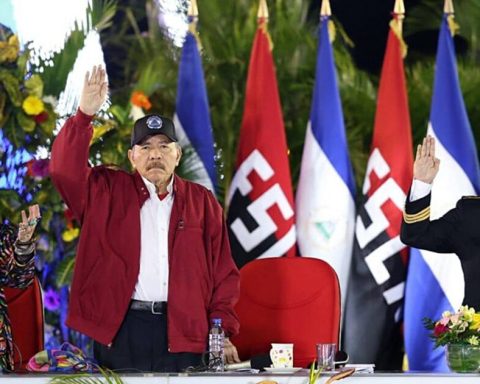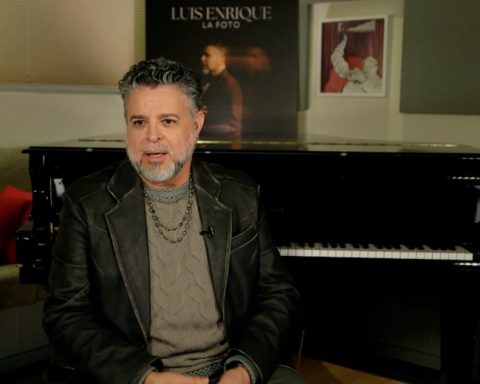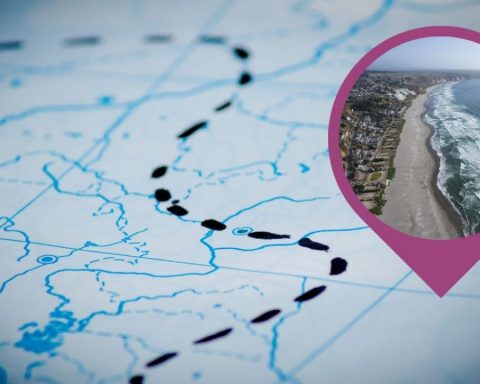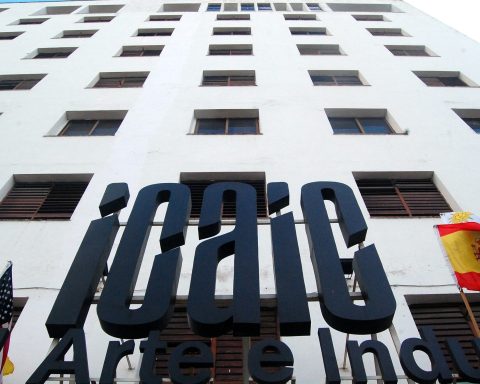It is January 2007 and in the midst of a crowd that includes some 16 heads of state, President Daniel Ortega removed the newly imposed presidential sash and said in a public act that he was giving it to the “president people” in honor of the slogan that made it popular during the campaign for the characteristics it represents for an impoverished nation like Nicaragua.
But that promise as time goes by seems to unravel, according to some analysts, who see “chaos” in the president’s administration in the fifteen years he has been in government. They even warn that this has been exacerbated by the crisis that began in the country in 2018 when anti-government protests took place.
After Ortega assumed power in January 2007, Nicaragua was in a process of economic recovery after the war of the 1980s, which brought the Sandinistras led by Ortega to power.
The Nicaraguan economist and former deputy Enrique Sáez, comments to the voice of america that the outgoing president Enrique Bolaños declared an illustrative phrase about the country that he handed over to Ortega.
“He told him that he was leaving the table for Ortega. There was a growing economy greater than 4%; exports growing dynamically; foreign investments growing dynamically; and the initial stage of the free trade agreement with the United States that allowed a good part of the exports to enter that market under preferential conditions”.
Sáenz recalls that Ortega received a reduction in foreign debt, as a result of successive renegotiations and forgiveness, all of this coupled with social peace and political peace.
“Ortega had the conditions to be the best government in the history of Nicaragua and enable this country, our country, to take a leap in terms of economic and social development. Unfortunately, the jump was backwards and also political terms”, indicates Sáenz.
Cooperation from Venezuela was able to mitigate poverty
In addition to all this context, Ortega had the alliance of the deceased former Venezuelan president Hugo Chávez, who promised support to Managua for “the return of the people to power”.
And that support materialized through cooperation on the part of Venezuela, which was used without the terms of how it was invested being clear.
Data from the Central Bank of Nicaragua estimate that the country received millions of dollars annually from Venezuela since 2007, when Ortega took power.
In 2012, for example, Venezuelan cooperation represented more than 700 million dollars for Managua, a high figure for a nation like Nicaragua, which until 2011 had 41.1% of the population living in poverty, according to data from the International Foundation for the Economic and Global Challenge (Fideg).
“The fraudulent privatization of Venezuelan cooperation” represented millions in losses for the country, said Sáenz, arguing that this occurred “without public scrutiny as if they were private relations.”
“This was in times of boom in oil prices and stability of the Venezuelan political regime,” says Sáenz. He also affirms that the resources of the South American country allowed Ortega to distribute some “crumbs with client programs, but that did not combat poverty.”
“They mitigated some of the manifestations of poverty, the Roof Plan, for example—placing zinc sheets prevented people from getting wet when it rained—but they did not represent the generation of jobs or income,” he stresses.
Sáenz indicates that when Venezuelan oil cooperation collapsed due to the fall in international oil prices and the Venezuelan government had to deal with its own crisis, “the bubble that Ortega had inflated with the Venezuelan subsidy deflated in such a way that, and from 2015, 2016, one sees that in the reports of the Central Bank these allocations plummet”.
“Consequently, the people who stretched out their hands to receive gifts from the dictatorship were left without a job, without income and poor, as always,” says Sáenz.
Cost of living increases in Nicaragua
According to a report by the Ortega government presented in 2021, with the Sandinista government, general poverty would have been significantly reduced from 48.3% in 2005 to 24.9% in 2016, and extreme poverty from 17.2% to 6.9% in the same period.
The government attributes it “to all the socio-productive programs that have been implemented, accompanying security, peace, macroeconomic stability, and national and foreign investment.”
What does the opposition say?
Former liberal deputy Eliseo Núñez contradicts these statistics and affirms that Ortega only said that he would end poverty, but he did nothing more than give speeches about it, to change the models of poverty you have to change economic models.
He reiterates that during the time in which there was a financial surplus in Nicaragua, it coincided first with Venezuelan aid and later with the increase in the costs of some products that were exported.
“With Venezuela, what was done was to distribute pigs, zinc, and everything else without trying to get Nicaragua out of poverty. Ortega does not lift people out of poverty so he can manipulate them and tell them that he is their savior. It is clear that he needs to perpetuate poverty”, he stresses.
The difficulties four years after the crisis are also beginning to be felt in the pockets of Nicaraguans. For example, the basic food basket has increased substantially since Ortega came to power in 2007 to date.
But analysts say that the problem is not only the increase in the basket, but that wages increase little. For a person who earns the minimum wage in the agricultural sector, the income represents 134 dollars, while the basic basket costs 491 dollars.
As a result, Nicaraguans have begun to emigrate, not only because of the political situation, but also because of economic shortcomings.
According to the United States Customs and Border Protection (CBP), from January to November, more than 72,000 detentions of Nicaraguans were registered at the borders. In the first quarter of 2022, CBP counted a total of 49,000 more Nicaraguans who tried to cross illegally into the United States
In fact, migration has been reflected in the increase in remittances from the United States to Nicaragua, for example, the migratory flow increased exponentially by up to 200% since 2007 when Ortega took power to date.
“Remittances mean relief for families in conditions of underemployment, unemployment, who are eating stir fry, but also, since it is liquid currency, euros, or dollars that come in, bills upon bills,” says the economist Sáenz and indicates that this oxygenates the national economy.
“We are bleeding to death, literally, because those bodies full of blood go abroad; it is our blood that is coming out, so, literally, we are talking about Ortega causing a hemorrhage in families and in the Nicaraguan population,” laments Sáenz.
For this to change, former deputy Eliseo Núñez suggests that education should be strengthened “not only formal, but technical education.” “You must invest in research, we live from what others invent, and the other thing is to have economic freedom that implies a judicial system that works.”
“We have a buddy capitalism, it is capitalism because it works as the market works, but the market is modulated from power, this mixture of things does not allow you to get people out of poverty,” concludes the opposition politician.
Connect with the Voice of America! Subscribe to our channel Youtube and turn on notifications, or follow us on social media: Facebook, Twitter and Instagram
